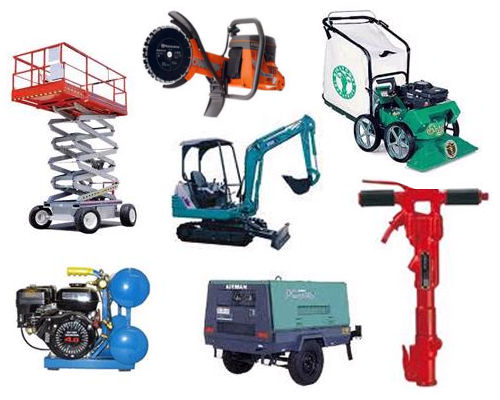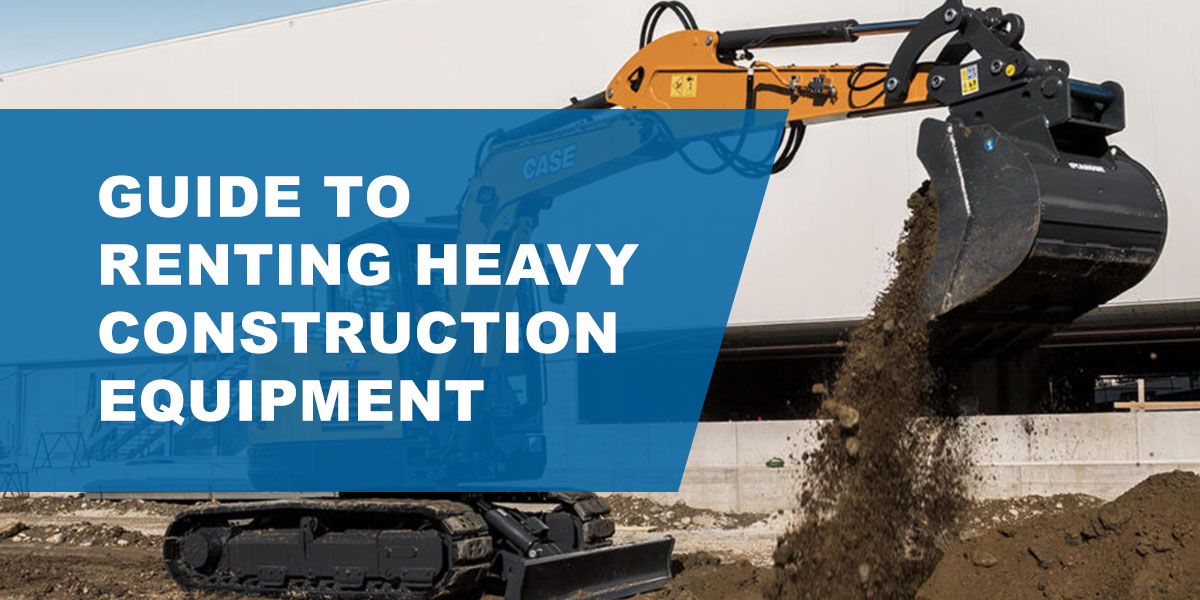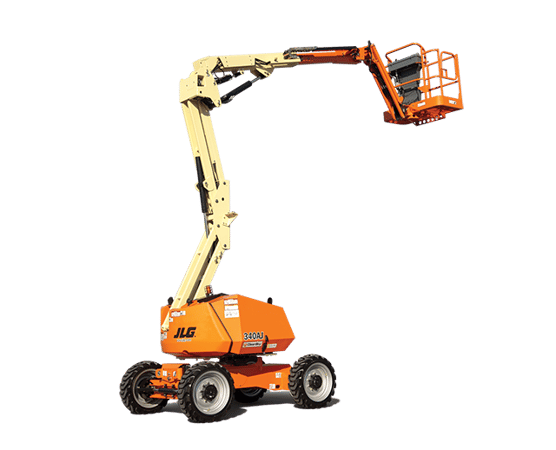Boom Lift Rental: Budget-friendly and Trusted Lifts for Any Job
Boom Lift Rental: Budget-friendly and Trusted Lifts for Any Job
Blog Article
Optimize Your Budget by Recognizing the Prices Connected With Construction Tools Leasings
Understanding the complete range of prices related to building tools leasings is critical for optimizing your spending plan. While the initial rental charge may appear straightforward, countless extra expenses-- such as transport, fuel additional charges, and maintenance-- can swiftly build up, influencing your financial preparation. Furthermore, recognizing different costs and the complexities of rental arrangements can help stay clear of unexpected economic burdens. What approaches can be employed to successfully manage these prices and ensure a much more reliable rental experience?
Introduction of Rental Expenses
When considering construction tools rentals, understanding the linked prices is extremely important for effective budgeting and task planning. Rental expenses can differ substantially based upon a number of variables, including devices kind, duration of service, and location. The preliminary rental cost frequently shows the tools's market demand and its connected functional capabilities, influencing the total expense.
Along with the base rental price, secondary expenses may arise, such as transportation fees, fuel surcharges, and upkeep costs. It is important to represent these additional expenditures to precisely analyze the total cost of leasing tools. Furthermore, the rental period can affect prices; longer services might get discounted rates, while short-term leasings may sustain greater day-to-day costs.

Malfunction of Rental Rates
An extensive understanding of rental rates is essential for contractors and task supervisors aiming to optimize their spending plans. Rental prices for building equipment generally include numerous elements, including base prices, time-based costs, and use charges.
Base rates are the core costs linked with the leasing of the equipment, often established by the kind and size of the equipment. These rates can differ substantially, influenced by factors such as tools demand, schedule, and regional market fads. Time-based fees, which may be daily, weekly, or monthly, offer to accommodate various project timelines and rental periods.
Additionally, rental prices may consist of use charges, which apply when tools is utilized past a specified limit, guaranteeing that the rental firm can represent damage. Seasonal demand variations can likewise influence rental rates, with peak building and construction seasons commonly commanding greater prices.
In addition, comprehending the rental company's policies pertaining to maintenance and insurance policy can offer more insight into the total cost structure. By assessing these components, service providers can make informed decisions, making sure the option of rental equipment lines up with both task requirements and budget constraints.
Additional Fees to Consider
Understanding the complexities of extra charges is vital for service providers to handle their total service expenditures properly. Past the typical rental prices, numerous supplementary charges can considerably impact the total cost of equipment service. These costs usually consist of distribution and pick-up charges, which can differ based upon range and logistics entailed in transferring the tools to and from the job website.
Furthermore, some rental companies might enforce gas additional charges if the devices is returned with less gas than when leased. It is likewise vital to understand potential cleansing charges, especially for specialized tools that needs extensive maintenance after usage.

Completely assessing the rental contract and clarifying these added fees ahead of time can assist contractors stay clear of unexpected prices and guarantee that budgets stay undamaged throughout the project lifecycle.
Repair And Maintenance Expenditures
Regular repair and maintenance costs are usually neglected variables that can considerably affect the overall expense of building and construction devices leasings. When renting devices, it is crucial to think about not just the rental fees but likewise the possible costs connected with maintaining the equipment in ideal operating problem.
Numerous rental firms consist of basic maintenance as component of the rental arrangement; however, much more unanticipated failures or extensive repair work can result in extra expenditures. It's essential to review the rental contract thoroughly to comprehend what upkeep solutions are covered and what responsibilities fall on the renter.
Furthermore, equipment that is not well-maintained can result in ineffectiveness at work site, potentially enhancing and causing delays task expenses. To alleviate these dangers, it is a good idea to carry out routine evaluations and maintain open communication with the rental service provider concerning any issues crane hoists that emerge throughout usage.
Insurance Coverage and Liability Costs
Insurance policy and responsibility expenses are crucial components that can significantly influence the general expense of construction tools leasings (boom lift rental). These prices make sure that both the rental company and the customer are secured from potential economic losses developing from accidents, damages, or theft during the rental period

Additionally, clients should recognize any kind of deductibles or exclusions in the insurance coverage plan, as these can affect possible out-of-pocket expenses. Comprehending the terms of any insurance policy protection is vital to prevent unanticipated costs. Eventually, budgeting for insurance and obligation costs can aid ensure a smoother rental experience and secure versus financial dangers connected with construction projects.
Conclusion
In verdict, a comprehensive understanding of the prices connected with building equipment services is crucial for reliable budget plan management. Inevitably, notified decision-making concerning equipment services contributes to the overall success of why not try these out building and construction ventures.
Rental costs can differ substantially based on a number of elements, including tools type, period of leasing, and location (rental company near me). The rental period can influence prices; longer services may certify for reduced rates, while temporary leasings may incur higher day-to-day fees
By conducting detailed research and involving with credible rental companies, specialists can efficiently browse the complexities of rental prices, eventually maximizing their monetary resources.
Past the common rental prices, various auxiliary charges can substantially impact the overall price of tools rental. Rental business usually offer obligation insurance that covers injuries to third celebrations or damages to residential or commercial property, while tools the original source damages insurance can cover the cost of repair services or substitute if the rented out equipment is damaged.
Report this page